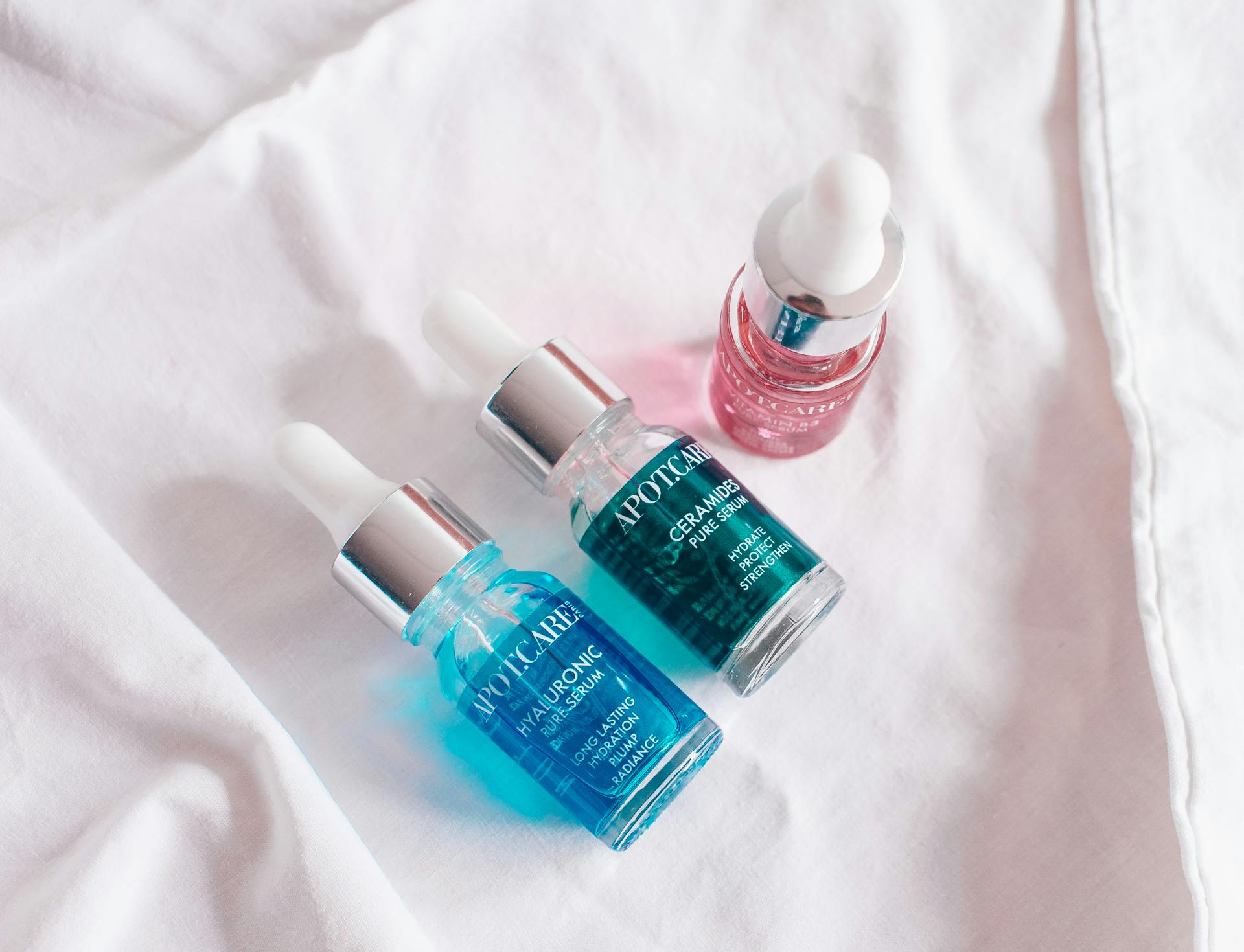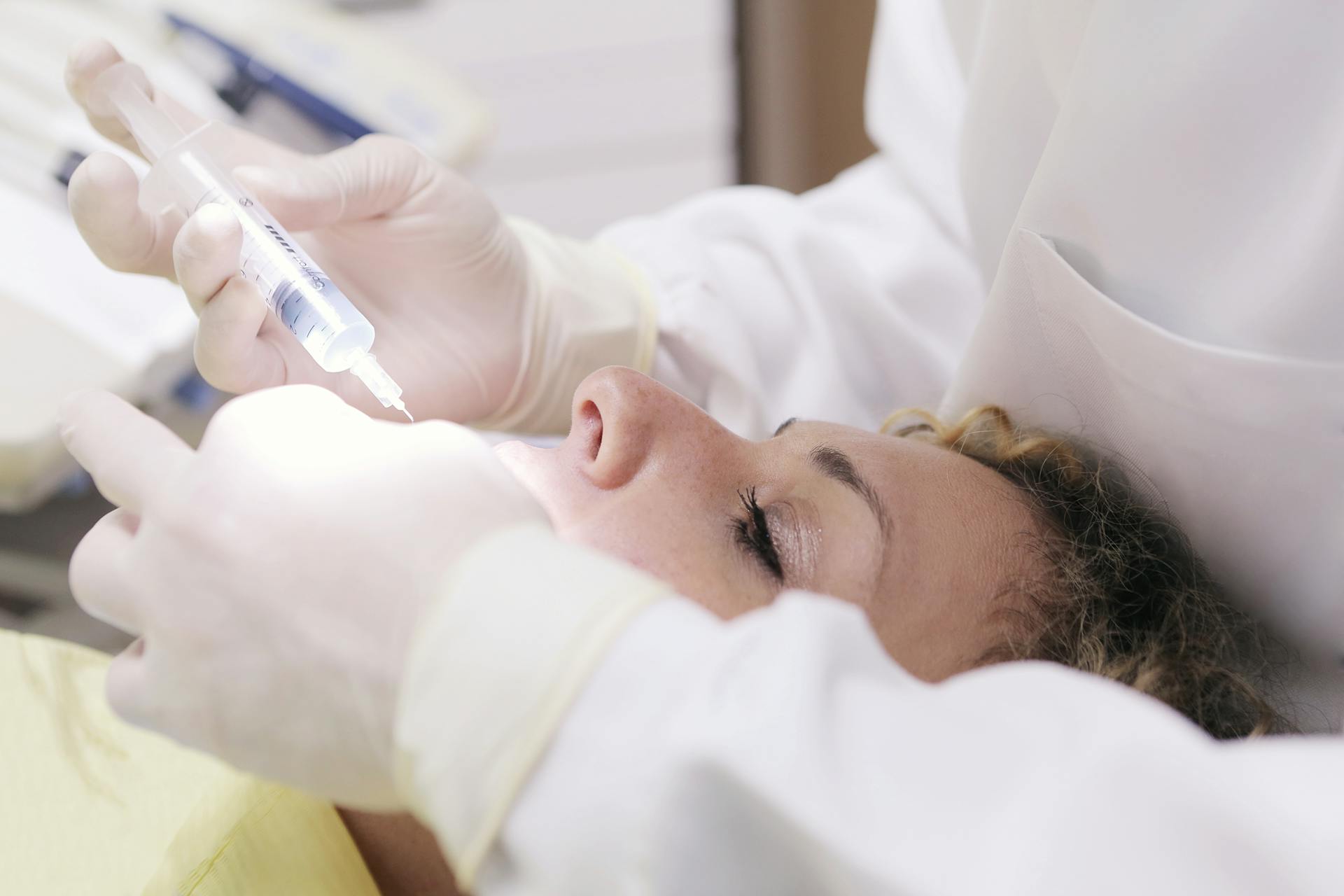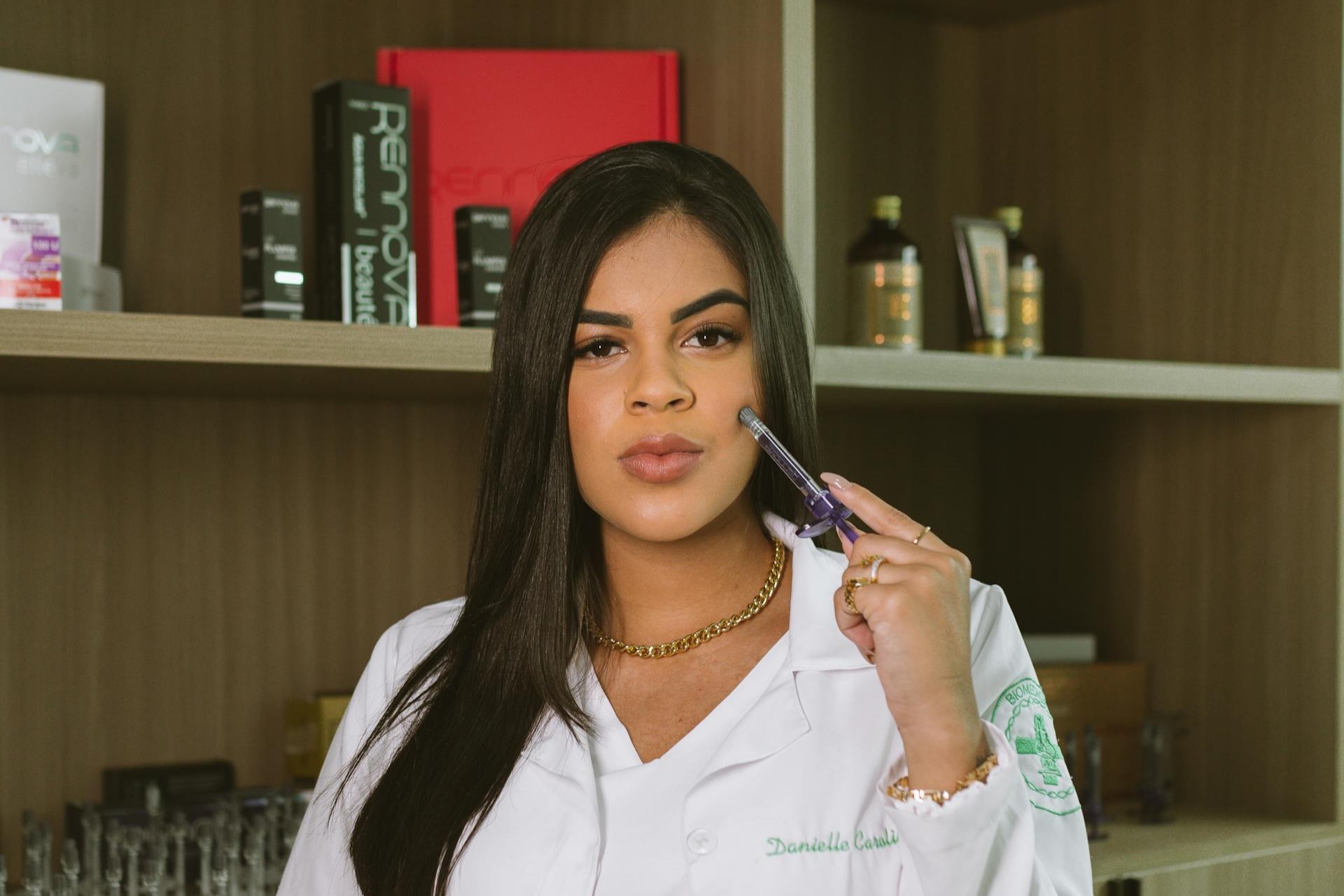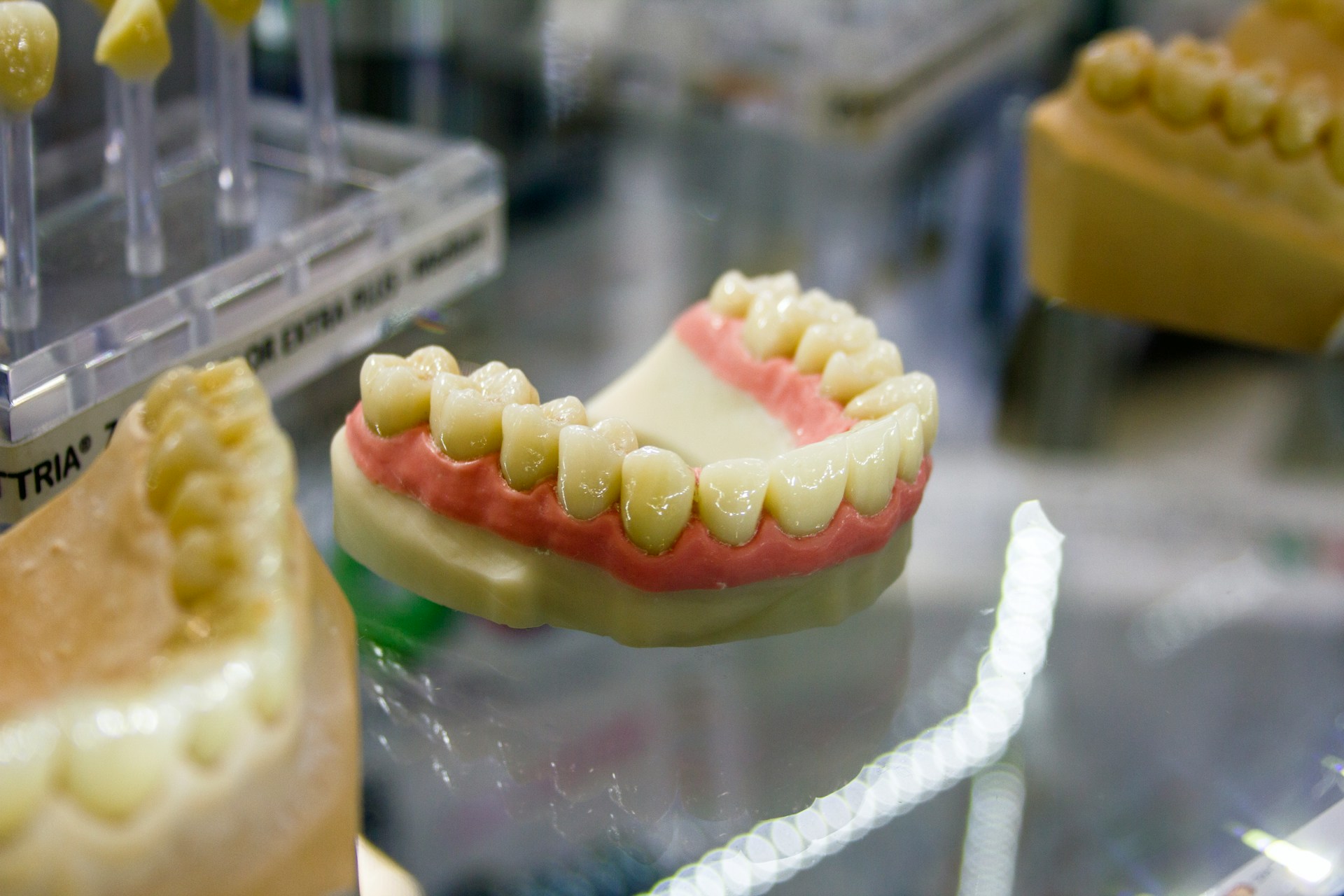Dermal fillers have gained significant popularity among individuals seeking to enhance their appearance without the need for extensive surgical procedures. This article aims to explore what dermal fillers are, the different types available, and what dermal fillers are made of, offering valuable insights for potential patients in the UK.
Furthermore, it delves into the benefits of dermal fillers, the associated risks, guidance on selecting the appropriate filler, and what one can expect during the procedure as well as in the aftercare process. By understanding this key information, individuals can make informed decisions regarding the use of dermal fillers.
What Are Dermal Fillers?

Dermal fillers refer to non-surgical aesthetic procedures that involve injecting substances into the skin to restore volume, smooth out wrinkles, and enhance facial contours.
These cosmetic injections use a range of materials, such as hyaluronic acid and other biocompatible substances, to help individuals achieve a more youthful appearance and rejuvenate skin texture.
This option is particularly appealing for patients in the UK who are looking for effective anti-ageing solutions.
What Are Dermal Fillers Made Of?
Dermal fillers consist of various substances, with hyaluronic acid being one of the most favoured due to its remarkable ability to retain moisture and stimulate collagen production in the skin. This contributes significantly to enhancing skin hydration and elasticity.
Alongside hyaluronic acid, other materials like calcium hydroxylapatite and poly-L-lactic acid also play important roles in volumetric restoration. These substances are chosen for their excellent biocompatibility, which means they can safely interact with human tissue without causing adverse reactions.
The synthesis process for these fillers often employs advanced techniques that enhance their stability and longevity after injection. This ensures that the desired effects can persist for several months or even years.
Understanding the formulation and technology that underpin these fillers is crucial for making informed decisions regarding their use in cosmetic procedures.
Types of Dermal Fillers
There are various types of dermal fillers available on the market, each providing distinct benefits and tailored to meet different aesthetic aims.
These fillers can help restore volume and smooth out facial wrinkles through a range of cosmetic injections.
1. Hyaluronic Acid Fillers
Hyaluronic acid fillers have gained significant popularity among patients due to their remarkable ability to restore skin hydration and volume. They provide a natural appearance while enhancing facial contours, all with minimal recovery time.
These versatile injectables are highly sought after for a range of treatment objectives, from smoothing fine lines to augmenting lips and cheeks. By incorporating hyaluronic acid into the skin, patients can achieve a plump appearance that maintains a soft texture, as this substance closely mimics the body’s natural components.
Many patients appreciate the longevity of the results, which can last anywhere from six months to over a year, depending on individual factors and the specific types of products used. The safety profile of these fillers is well-documented; they are generally well-tolerated, with only mild side effects such as bruising or swelling reported.
By employing precise injection techniques, practitioners can tailor treatment plans to meet each patient’s unique needs, ensuring a positive experience that aligns with their aesthetic goals.
2. Calcium Hydroxylapatite Fillers
Calcium hydroxylapatite fillers stand out for their remarkable ability to stimulate natural collagen production, making them an excellent option for those seeking volumising agents that deliver long-lasting aesthetic results.
This biocompatible substance not only provides immediate improvements in facial rejuvenation but also encourages gradual enhancement over time as collagen forms beneath the skin’s surface.
Practitioners frequently use these fillers to:
- Enhance facial contours
- Diminish the appearance of fine lines
- Increase cheek volume
- Tackle age-related skin sagging
The duration of treatment typically extends over several months, with effects lasting between one to two years, depending on individual skin characteristics and the practitioner’s expertise.
When applied correctly by a skilled professional, these fillers can ensure optimal outcomes, enhance skin elasticity, and reduce the risk of potential complications.
3. Poly-L-lactic Acid Fillers
Poly-L-lactic acid fillers provide a distinctive method for facial volumisation, gradually stimulating collagen production to achieve natural-looking results as skin rejuvenation progresses.
This approach differentiates them from traditional hyaluronic acid fillers, which offer immediate volume but may lack the same long-term benefits. In terms of treatment planning, poly-L-lactic acid fillers generally require multiple sessions to reach optimal results, allowing patients to enjoy a gradual transformation rather than a sudden change.
Another notable advantage is their longevity; these fillers can last up to two years, ensuring sustained satisfaction across various patient demographics. Many individuals who opt for this innovative solution often note the gradual enhancement of their appearance, which contributes to high levels of patient satisfaction and increased confidence in their aesthetic outcomes.
4. Polymethylmethacrylate Fillers
Polymethylmethacrylate fillers are semi-permanent soft tissue fillers that offer long-lasting results, making them an appealing choice for patients seeking sustained volumisation and contour enhancement.
These fillers not only improve facial features but also promote a natural look that many individuals desire in their aesthetic treatments. The application of these fillers necessitates skilled practitioners who are well-versed in the intricacies of facial anatomy, as this knowledge helps minimise the risks associated with filler migration and uneven results.
Patients often have concerns regarding comfort during the procedure, which can vary based on the techniques employed and the specific areas being treated. By utilising advanced techniques and effective numbing options, healthcare providers can significantly improve the patient experience, ensuring a satisfying outcome that aligns with their aesthetic goals.
What Are the Benefits of Dermal Fillers?

Dermal fillers provide a wide range of benefits, such as reducing the appearance of wrinkles, restoring volume to the face, improving the appearance of scars, and enhancing overall facial contours.
These advantages have made fillers a popular choice for individuals seeking aesthetic improvements, with the cost of dermal fillers being a key consideration when planning treatments to align with personal goals and budgets.
1. Reduce the Appearance of Wrinkles and Fine Lines
One of the most desirable advantages of dermal fillers is their capacity to diminish the appearance of wrinkles and fine lines, allowing patients to achieve a more youthful and refreshed look through these minimally invasive aesthetic procedures.
These injectables function by restoring lost volume and enhancing facial contours, effectively smoothing out creases, particularly around the mouth and eyes. The most commonly used materials, such as hyaluronic acid, offer hydration and elasticity, which can significantly reduce the signs of ageing.
Experienced practitioners apply various injection techniques, including linear threading and micro-droplet methods, to ensure even distribution and natural-looking results.
This treatment has gained popularity among a wide range of patients, encompassing both younger individuals interested in preventative measures and older adults looking to rejuvenate their appearance. This versatility makes dermal fillers a valuable option in contemporary cosmetic medicine.
2. Restore Volume to the Face
Dermal fillers are essential for restoring volume to the face, particularly in areas that tend to lose fullness as we age. This restoration allows for a more youthful appearance and enhances the overall patient experience.
These injectable treatments are designed to enhance facial contours, fill in wrinkles, and refine symmetry, effectively addressing concerns such as sagging cheeks, hollow temples, and thinning lips. By strategically placing fillers in these targeted areas, practitioners can achieve a subtle lift and replenish lost volume, which contributes to improved facial harmony.
Commonly treated areas include the nasolabial folds, marionette lines, and the jawline, all of which play a significant role in crafting an inviting and rejuvenated appearance.
Importantly, reputable practitioners prioritise patient safety by focusing on minimally invasive techniques and using hyaluronic acid-based fillers. This approach not only ensures natural-looking results but also minimises the risk of complications.
3. Improve the Appearance of Scars
Dermal fillers can greatly enhance the appearance of scars by filling in depressions and creating a smoother skin texture. This improvement can lead to better aesthetic assessments and increased confidence for patients.
These cosmetic treatments are particularly effective for atrophic scars, which are often caused by conditions like acne or chickenpox, where the skin has lost volume. By utilising hyaluronic acid or other biocompatible substances, practitioners can successfully restore the skin’s natural contour.
It is essential for the patient to provide a comprehensive medical history to ensure that the selected filler is compatible with their skin type and any past treatments.
The recovery time is generally minimal, allowing most individuals to return to their normal activities shortly after the procedure. However, it is worth noting that some temporary swelling or bruising may occur. The results are typically visible immediately, which can be very satisfying for those looking to improve the appearance of their scars.
4. Enhance Facial Contours
By strategically using dermal fillers, medical professionals can enhance facial contours, leading to improved symmetry and the achievement of specific treatment goals for a more balanced appearance.
This technique addresses not only volume loss but also the overall aesthetics of the face, contributing to a youthful look. Practitioners utilise various methods and products specifically tailored to each patient’s unique facial structure, ensuring that every injection complements their natural contours.
A comprehensive aesthetic assessment is conducted to determine the most effective approach, allowing for carefully crafted enhancements that align with the patient’s individual goals.
As a result, many individuals express high levels of satisfaction, feeling more confident and revitalised, all thanks to the skilled expertise of their practitioners and the innovative application of dermal fillers.
What Are the Risks and Side Effects of Dermal Fillers?

Although dermal fillers are typically considered safe, it is essential to recognise that there are associated risks and side effects. These can include allergic reactions, infections, and filler migration.
This highlights the importance of prioritising patient safety and making informed decisions throughout the process.
1. Allergic Reactions
One of the primary risks associated with dermal fillers is the possibility of allergic reactions to the materials used, a concern often heightened by myths about dermal fillers suggesting they are universally unsafe. In reality, thorough patient education and the use of medical-grade products can significantly minimise these risks.
Allergic reactions can vary, ranging from mild irritation and redness at the injection site to more severe responses, such as swelling, hives, or, in rare cases, anaphylaxis. For practitioners, understanding the patient’s medical history—including any previous allergies or sensitivities—is crucial for effectively managing and reducing these risks.
By utilising high-quality, hypoallergenic products, practitioners can enhance treatment safety and ensure patient comfort, countering common misconceptions associated with fillers.
Additionally, maintaining open communication between the practitioner and the patient is essential. This ongoing dialogue allows for the prompt identification and management of any adverse effects, ensuring a safer and more positive treatment experience.
2. Infection
Infection is a notable risk associated with dermal fillers, particularly when proper hygiene practices are not observed during the procedure. This oversight can affect both recovery time and the overall safety of the treatment.
To reduce this risk, it is essential for practitioners to follow strict sanitary protocols, use sterile equipment, and ensure that the treatment area is thoroughly cleansed.
Patients also have a critical role in ensuring their own safety. They should participate in detailed consultations with their practitioners, addressing any concerns and asking questions about aftercare practices. This post-treatment care is vital, as it helps minimise the risk of infection and promotes optimal healing.
By prioritising these precautions, both practitioners and patients can significantly enhance the success of the procedure and protect the patient’s health.
3. Bruising and Swelling
Patients may encounter bruising and swelling after receiving dermal fillers, which are typical side effects that usually resolve during the recovery period. It is important to discuss these potential effects as part of the overall patient experience.
These reactions occur as a natural response to the injection process, where small blood vessels may be damaged, resulting in blood leakage into the surrounding tissues. Generally, bruising can last from a few days up to two weeks, while swelling may persist for a similar timeframe, gradually diminishing over time.
To enhance comfort and promote healing, individuals are encouraged to:
- Apply ice packs to the affected areas
- Refrain from strenuous activities
- Keep their head elevated while resting
Over-the-counter pain relief options may also be recommended, ensuring that each patient’s experience is as smooth and comfortable as possible throughout the treatment process.
4. Migration of Filler
Filler migration is a rare yet significant risk that can occur when the injected material shifts from its original site, potentially impacting aesthetic outcomes. This underscores the necessity of employing skilled injection techniques.
It is essential for both practitioners and patients to understand the underlying causes of this phenomenon, as it emphasizes the delicate balance between achieving the desired results and maintaining safety.
Factors such as improper injection depth, inadequate site selection, and the type of filler used can all contribute to unwanted migration. The injector’s expertise is crucial in minimising these risks; an experienced practitioner will recognize the anatomical nuances and apply advanced techniques to ensure that fillers remain in their intended locations.
Patients considering cosmetic enhancements should prioritize consultations with qualified professionals to explore their options and understand the significance of tailored treatment plans.
How to Choose the Right Dermal Filler for You?
Selecting the appropriate dermal filler involves various factors, such as individual aesthetic goals, skin type, and the practitioner’s level of expertise. This underscores the importance of patient education and comprehensive assessments.
It is essential to discuss considerations such as medical history, potential allergies, and any prior treatments with medical professionals during the consultation process. Familiarity with the different types of fillers available, ranging from hyaluronic acid to collagen-stimulating agents, is vital for making well-informed decisions.
Patients should feel encouraged to ask about the techniques employed, as these can significantly influence the results. Since each person’s skin responds differently, creating a personalised treatment plan that addresses specific concerns is key to achieving optimal outcomes.
Maintaining open communication with a qualified practitioner will help ensure a safe and satisfying experience throughout the treatment process.
The Procedure of Getting Dermal Fillers
The process of receiving dermal fillers begins with a consultation, followed by the careful administration of injections at specific sites to ensure both patient comfort and optimal aesthetic results.
During the initial consultation, a comprehensive assessment of the patient’s facial structure and aesthetic goals is conducted, which allows for the development of a customised treatment plan. The area is then prepared with a cleansing solution to minimise the risk of infection, and a topical anaesthetic may be applied to enhance comfort throughout the procedure.
The injection technique involves the use of fine needles or cannulas, enabling the practitioner to deliver the filler with precision and ensure a smooth, even distribution.
Aftercare is equally important; patients are advised to refrain from strenuous activities, excessive sun exposure, and alcohol for a brief period to support healing and achieve the best outcomes. Furthermore, it is essential to adhere to any specific post-procedure instructions provided, as this helps maintain the desired results and enhances the overall experience.
Aftercare for Dermal Fillers
Aftercare for dermal fillers plays a vital role in achieving the best treatment outcomes and minimising side effects, making it essential to provide post-treatment care guidance for patient comfort and recovery.
Following the initial procedure, patients are encouraged to avoid strenuous exercise and excessive sun exposure for at least 24 hours, as these activities can lead to increased swelling and a higher risk of bruising. It is also important for individuals to refrain from touching or applying pressure to the treated areas to ensure that the fillers settle properly.
Using ice packs intermittently can significantly help alleviate any discomfort while promoting healing.
Adhering to the aesthetic evaluations provided during consultations can assist in identifying potential complications early on. For optimal results, staying hydrated and using gentle skincare products is advisable, as this not only ensures safety but also enhances the longevity of these cosmetic improvements.
How Long Do Dermal Fillers Last?

The duration of dermal fillers can vary significantly depending on the type of filler used, the injection technique employed, and individual patient characteristics. Generally, results can last anywhere from several months to over a year, which is an important consideration for patients in the UK.
For example, hyaluronic acid fillers typically offer results that last between six and twelve months, while options such as poly-L-lactic acid can maintain aesthetic effects for up to two years.
Additionally, factors such as metabolism, the specific area being treated, and the depth of injection can significantly influence how long the fillers last.
Current trends suggest that patients increasingly prefer natural-looking results and shorter recovery times, often opting for customised treatments that fit their lifestyle preferences. Therefore, it is crucial for individuals considering fillers to consult with experienced professionals. This will help them understand how different products can align with their beauty goals and expectations for longevity.
Frequently Asked Questions: What Dermal Fillers Are Made Of
What are dermal fillers made of?
Dermal fillers are made of various substances that are injected into the skin to add volume, smooth wrinkles, and improve overall appearance. Common ingredients include hyaluronic acid, calcium hydroxylapatite, poly-L-lactic acid, and polymethylmethacrylate. The type of filler used will depend on the area being treated and the desired results.
What is hyaluronic acid and why is it used in dermal fillers?
Hyaluronic acid is a naturally occurring substance in the body that helps keep skin hydrated and plump. It is often used in dermal fillers because it can hold a large amount of water, providing immediate results in terms of adding volume and reducing wrinkles. It also stimulates collagen production, which can help improve skin elasticity over time.
Why is it important for UK patients to understand the science behind dermal fillers?
Understanding the science behind dermal fillers can help patients make informed decisions about their treatment options. It is important to know what substances are being injected into your body, how they work, and what potential risks or side effects may be associated with them. This knowledge can also help you communicate effectively with your healthcare provider and ensure that you receive the best possible treatment.
Are dermal fillers safe for UK patients?
Yes, dermal fillers are generally considered safe for UK patients when administered by a trained and qualified healthcare professional. However, as with any cosmetic procedure, there is always a risk of adverse reactions or complications. It is important to discuss your medical history and any concerns with your healthcare provider before undergoing treatment.
How long do dermal fillers last?
The longevity of dermal fillers can vary depending on the type of filler used and the individual’s metabolism. Generally, hyaluronic acid fillers can last 6-12 months, while other types of fillers can last 1-2 years. Results can also be maintained by getting touch-up treatments before the filler completely wears off.
Can dermal fillers be dissolved?
Yes, dermal fillers can be dissolved using an injectable enzyme called hyaluronidase. This can be helpful if a patient is unhappy with their results or experiences any complications. However, not all fillers can be dissolved, so it is important to discuss this with your healthcare provider before undergoing treatment.














